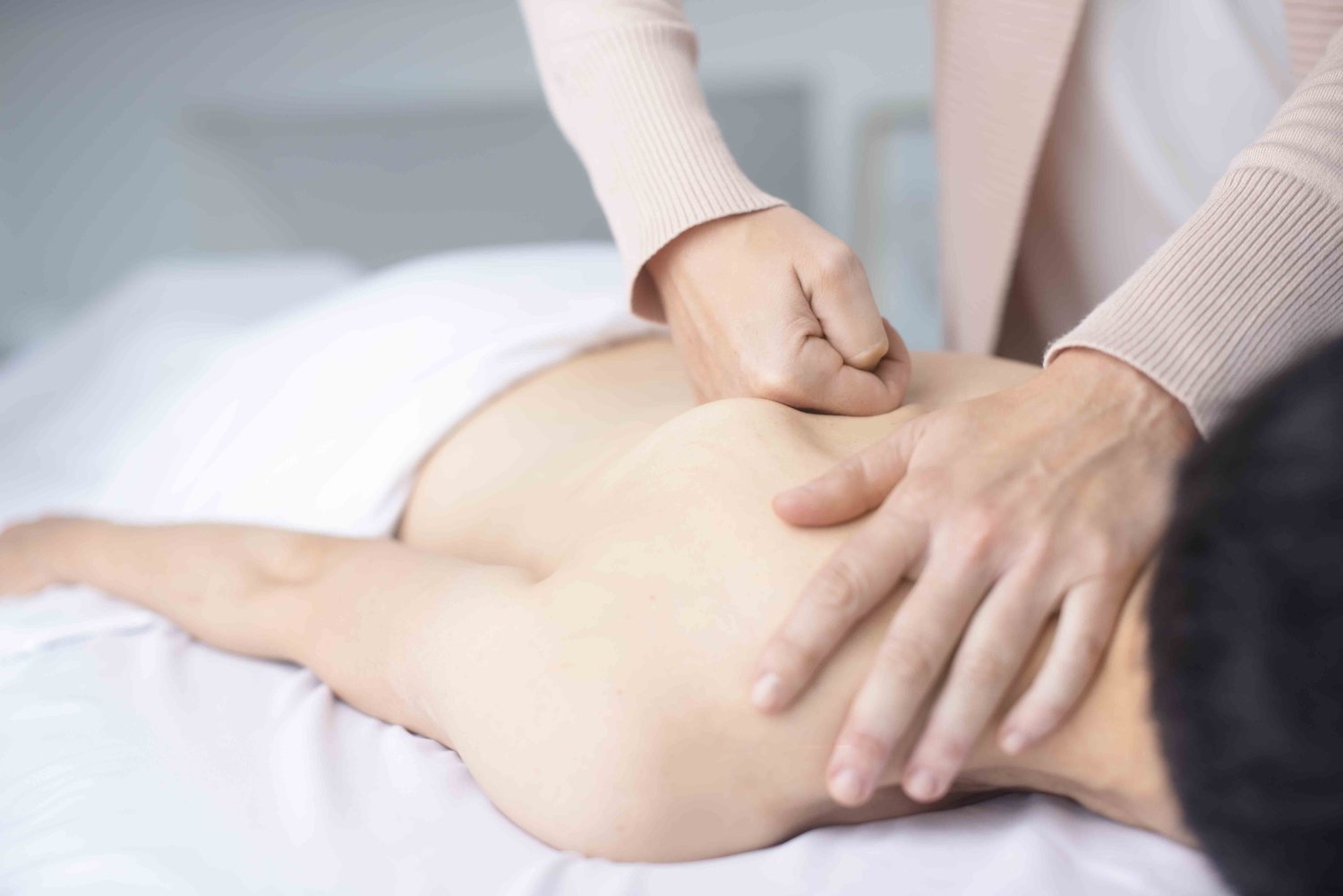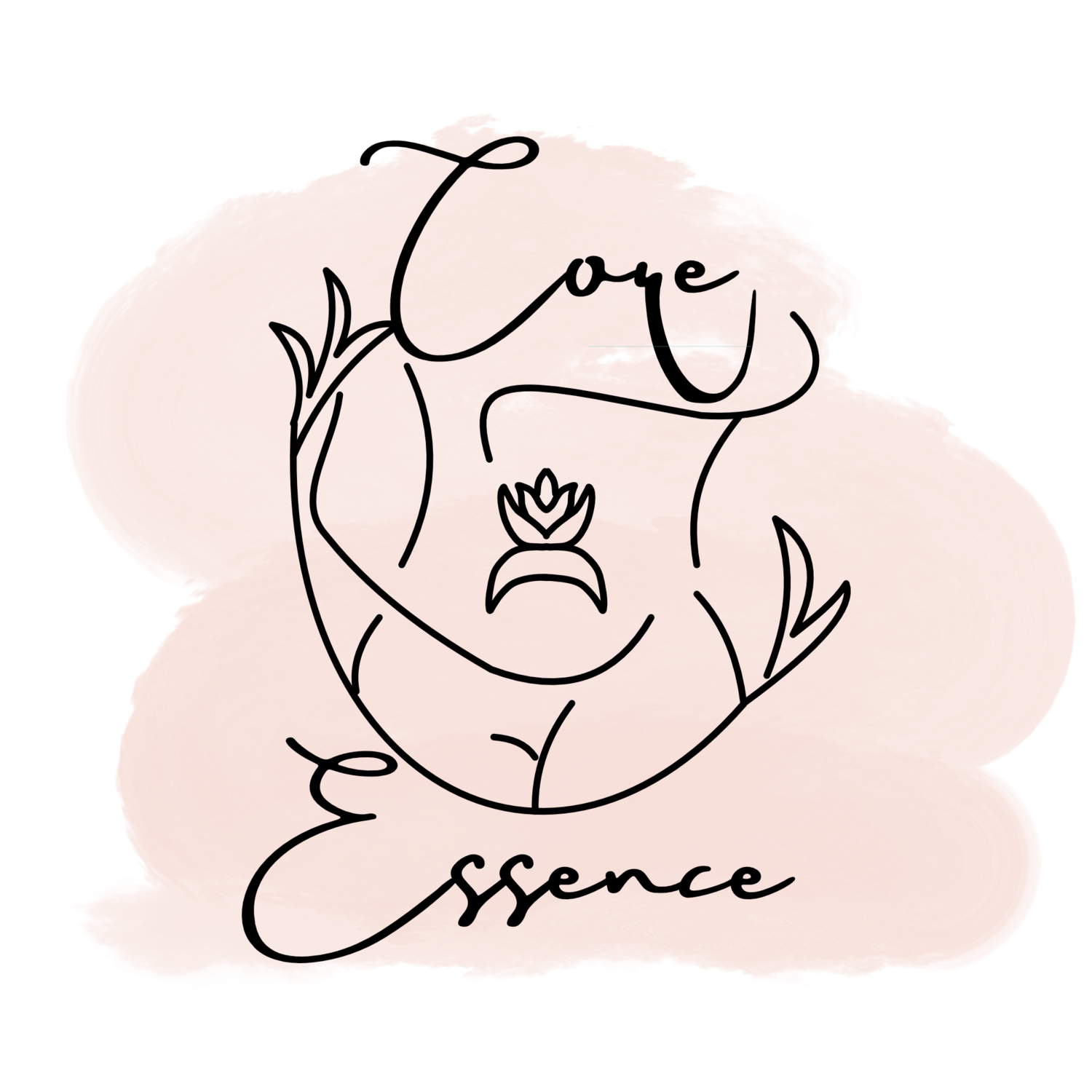
MASSAGE THERAPY
Have you ever had a nice massage but it didn’t quite hit the spot?
My clients leave my table feeling satisfied and restored. My extensive experience has resulted in a unique approach that integrates massage, range of motion, passive stretching, reciprocal inhibition, Swedish, deep tissue, and cranial sacral techniques.
Can’t find a sitter? No problem! I’ll come to you! Many couples enjoy taking turns enjoying the benefits of their massage in the comfort of their own home.
Prenatal massages available at any time throughout pregnancy including the first trimester with doctor’s approval. Postpartum Massages available as well.
What Clients Are Saying…
“I travel for work and have had massages all over the world. I can honestly say Meghan’s massage is the best one I’ve ever had, and I’ve had ALOT. My husband and I have her come monthly and its made such a difference in our bodies.”
- Happy Client
“Meghan has magical hands. I’ve never had a massage like it. It feels like a combination of reiki, deep tissue, Thai massage, and range of motion. I saw her specifically for neck pain and it was like she knew exactly what my body needed. I would highly recommend her.”
- Katie B.
Book your massage today.
Contact Core Essence to schedule your next massage.

MYOFASCIAL RELEASE
As a therapist in rehab settings for nearly 20 years, myofascial release is the most effective pain management modality used in my career and is what led to my passion in women’s health. My clients have been relieved from back/shoulder/pelvic pain and neurological pain after stroke or brain injury; plantar fasciitis; range of motion and reduction of scar tissue post mastectomy; lumpectomy, and abdominal/pelvic surgeries. This work can be done anywhere on the body. Fascia is similar to the substance that creates compartments in citrus fruits - it connects to everything, and keeps one part of the body separate from another.
The John F. Barnes approach to Myofascial release is a gentle, hands-on treatment of sustained pressure over a longer period of time. The pressure accesses deep restrictions without force and facilitates an unwinding or release of the fascia that connects all of the structures in our body. I am very honored to be able to practice this work and offer it to my clients.
-
What is fascia?
Fascia is a 3 dimensional web of connective tissue that surrounds every organ, muscle fiber, nerve, vessel and structure in our bodies, down to the cellular level. Fascial restrictions can impact sensation and mobility of these structures. Think of a knitted sweater. If you pull a thread and create restriction, it impacts the shape and tension of the rest of the sweater. Your fascia works the same way.
Fascia is made up of 3 parts: collagen, elastin, and a gel-like ground substance. Through trauma or development of scar tissue this fascia can prevent blood flow, cause swelling, decrease range of motion, contribute to misalignment and cause pain.
-
How does myosfascial release work?
As John Barnes explains, “Trauma, inflammatory responses, and/or surgical procedures create myofascial restrictions that can produce tensile pressures of approximately 2,000 pounds per square inch on pain sensitive structures that do not show up in many of the standard tests (x-rays, myelograms, CAT scans, electromyography, etc.)” Gentle sustained pressure from your therapists’ hands help to reduce this pressure, and create space for your organs, muscles, or nerves to move freely and fluidly. After being released your tissue will be more pliable.
-
How do I get fascial restrictions?
Fascial restriction can be caused by emotional or physical trauma, injury, surgery, repetitive movements, and poor posture. Basically, fascial restrictions are a part of life. It is not your fault if you have them. Although it is not possible to prevent restrictions all together, it is possible to prevent worsening restriction by seeking treatment and learning how to self treat.
-
Will you address just one area of my body:
No. One thing I would love to see change in healthcare, is the division of the body as separate parts. What happens in our feet can impact our shoulders and what happens in our neck can impact our pelvis. We are connected by fascia and myofascial release can help release fascia beyond what’s underneath the therapists hands. The goal is to achieve a whole body structural release and realignment. Often where you are experiencing your symptom is not the root cause. Myofascial release is whole-person, whole body treatment that fosters healing on a physical and emotional level.
-
Is it true people can experience emotional release?
If 20 years of working with bodies has taught me anything, it’s that emotions, stress, and trauma are stored in our tissues.
Often when these tissues are manipulated, they can trigger memories and emotional responses. This only happens if you allow it, and I create a safe and comfortable space for you to heal. You are in control and can stop or redirect the treatment session at any time.
-
How is myofascial release different than massage?
Myofascial release includes gentle therapeutic touch that can have a calming and relaxing effect on the nervous system. It creates a deeper release at the collagenous barrier of the fascia and often the impacts are longer lasting. Massage creates a release at the elastic barrier of the tissues. This often feels juicier and more relaxing in the moment, but the impact is not always as long-lasting.
-
Why myofascial release?
Fascia is so important for our mobility. When our bodies are pulled out of alignment by fascial restrictions it causes everyday movement to be taxing and painful. Myofascial release can lengthen this inner fabric allowing our bodies to be adaptive, flexible, and mobile, thereby reducing pain and allowing you to have a multitude of options for movement with more energy to execute them. This work will allow you to move more easily, trust your body, and engage in the activities you love doing without pain or fear. It can be truly transformational and improve quality of life.
-
How often will I need treatment?
This is very individualized. At times people feel better with one visit, while others need multiple visits to achieve their goal. Frequency is dependent on the client, their lifestyle, emotional and physical history, and whether the issue is acute or chronic. I will work closely with you to develop a treatment plan that helps you to achieve your goals. I will also provide self-care education enabling you to carry over the work at home.

Myofascial Release Helps:
Infertility
Chronic Muscle Tension
Menstrual Problems
Endometriosis
Bladder Problems
Birth Trauma
Myofascial Pain Syndrome
Back, Neck, Pelvic, Mastectomy, Tailbone, SI Joint, Scar Pain
Frozen Shoulder
Headaches
Adhesions
Jaw Tension
And many others


